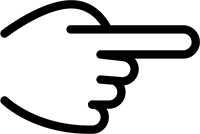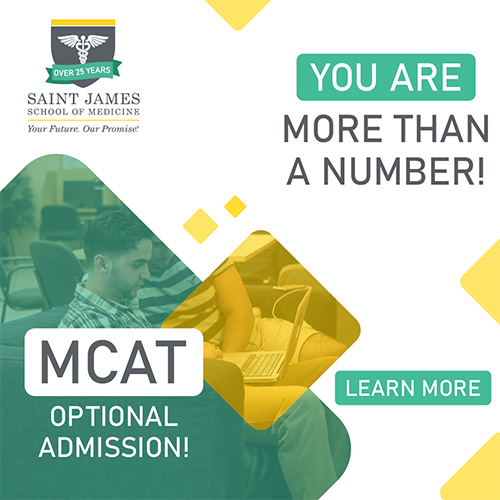Allow us to guid you trough your first steps in becoming a medical doctor.
The Basics

Tip #1: “There are no shortcuts to becoming a medical doctor”
Admission Requirement
Medical schools are free to set their own admission criteria. However, some minimum criteria commonly exist between all medical schools (for example, 90 college semester credit hours). Many states have different requirements for licensure, but requiring 90 credit hours before medical school addresses all of them. If you do not have 90 credit hours of college coursework but want to start your medical education, several Caribbean Medical Schools offer a Pre-Med program that will allow you to get there faster. Please see our Pre-Med in the Caribbean section for more info. In addition to the 90 College Credit hours, medical schools in the Caribbean will often require a certain minimum GPA, certain science coursework, Letters of Recommendations, Essays, Resume, etc. The most challenging requirement in the Caribbean, and generally when applying for medical schools, is the MCAT. Some schools require it, while others prefer it. Usually, the schools will state that “MCAT is Optional”, meaning that you do not have to complete this test as a requirement for admission. Some schools also offer scholarships to attract students who have taken the MCAT. Schools usually do this to try to improve the quality of their student population and overall student performance.
Basic Sciences
The first part of the medical program (usually lasting 16 to 20 months) is called Basic Sciences. This is a typical classroom setting study in which you will study medical coursework like Anatomy, Physiology, Pharmacology, Pathology, etc. The semester usually lasts four months; therefore, the Basic Sciences are five semesters long. The Basic Sciences are usually done on the Caribbean island. Certain schools offer the 5th semester coursework stateside, but that has recently been under scrutiny by the accreditation bodies.
Clinical Sciences
The Clinical Sciences, usually lasting anywhere between 72-96 weeks, typically consist of 48 weeks of core rotations (Survey, Family Practice, OBGYN, Psychiatry, Internal Medicine and Pediatrics), while the remaining 24-48 weeks would be elective rotations, which are rotations of student choice and usually in the field in which the student is planning to pursue the career in. Some schools have Neurology as a “mandatory elective” as well.
First Step
The first step in identifying the right medical school that suits your needs is to answer to yourself the following questions Truthfully and Honestly:
- Have I taken the MCAT (See acronym section for explanation)?
- Do I have enough science background to start medical school?
- Can I afford to dedicate 5-7 years of my life full-time to medical education?
- Can I afford to pay $80,000-250,000 in tuition and almost as much in living expenses and other costs during the time of my studies?
- Do I need Financial Aid?

TIP #2: No matter if the answer to these questions if yes or no, there is a medical school for you.
In general, the more expensive schools offer better education resulting in better pass rates and better chances of matching for residency. They can afford to have better facilities and better professors. They also usually have more options for clinical rotations as well. These schools typically hold a higher level of accreditation, which usually means that they have more financial aid options, including traditional forms of financial aid like FAFSA. These schools generally have stricter entrance requirements (MCAT required with a certain score). On the flipside, the tuition and fees for these schools are usually no less than $180,000, going as high as $300,000 for the program.
On the other hand, the schools that tempt to be more affordable are the schools that have been in the market for less amount of time, are generally privately owned and often lack access to certain financial aid options. In some circumstances, they may have partnered with a private lender who is willing to lend money to the students. In general, you should carefully review these loan offerings, as the interest rate on these loans can be anywhere between 7% and 18%. The tuition in the more affordable schools can range from $70,000-$180,000. In general, the entrance criteria us more relaxed, and MCAT is not required. Schools will often focus on GPA, science background, and volunteer and life experiences.
Below is an example of a Tuition Chart compairson between some Caribbean Medical Schools.






